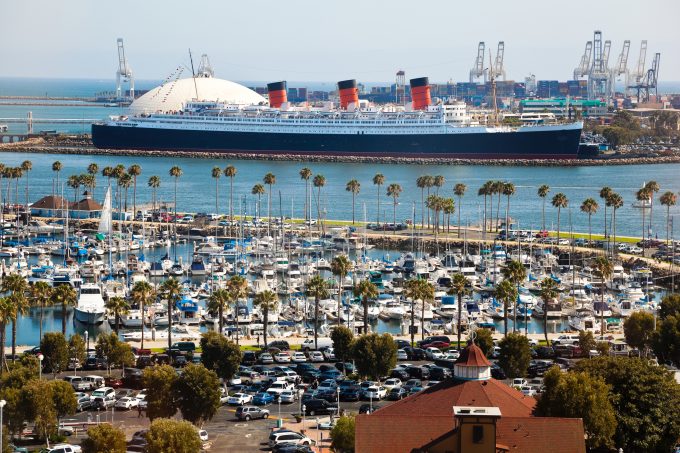Ports of LA and Long Beach busier this year and eyeing an early peak season
Container imports through the US west coast San Pedro Bay ports of Los Angeles and ...

January import volumes at the ten largest US container ports fell 17.9% against the record throughput of January last year, with the biggest declines at west coast ports.
And with an expected “significant volume decline” this month too, US box ports are preparing for a tough first six months before an anticipated recovery in the second half of the year.
According to the latest McCown container volume analysis, there were 23.5% fewer containers discharged at US west coast ports last month than the ...
Maersk u-turn as port congestion increases across Northern Europe
Maersk Air Cargo sees volumes fall as it aims for 'margin in favour of revenue'
Keep our news independent, by supporting The Loadstar
Container spot rates diverge: to Europe still falling, but firmer to the US
Hapag-Lloyd won't take bookings if port congestion leaves cargo stranded
Ecommerce likely the front-runner in resurge of transpacific trade after deal
Containership charter market feels the ripples from trade tensions
Airfreight players eye new routes as demand on the transpacific nosedives


Comment on this article